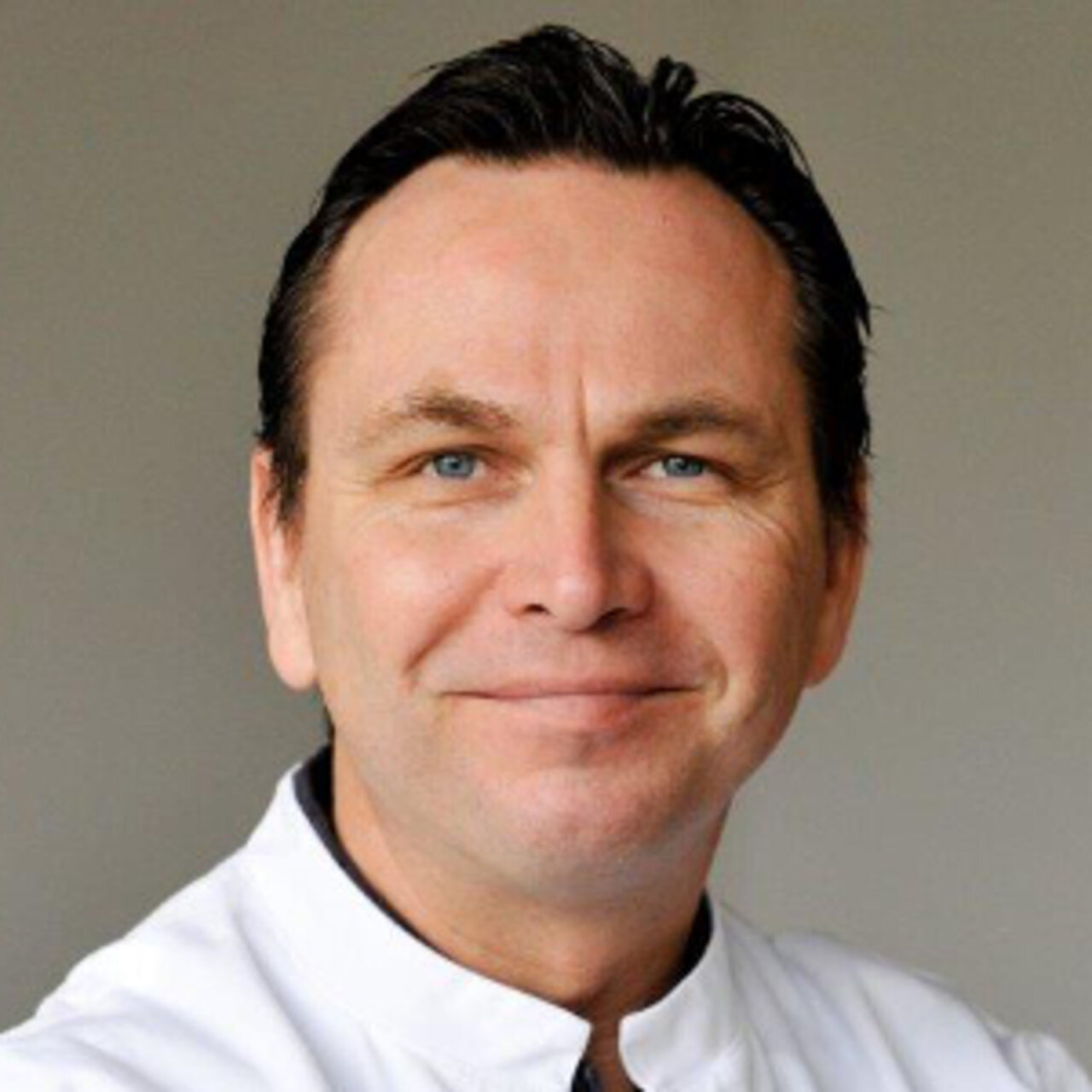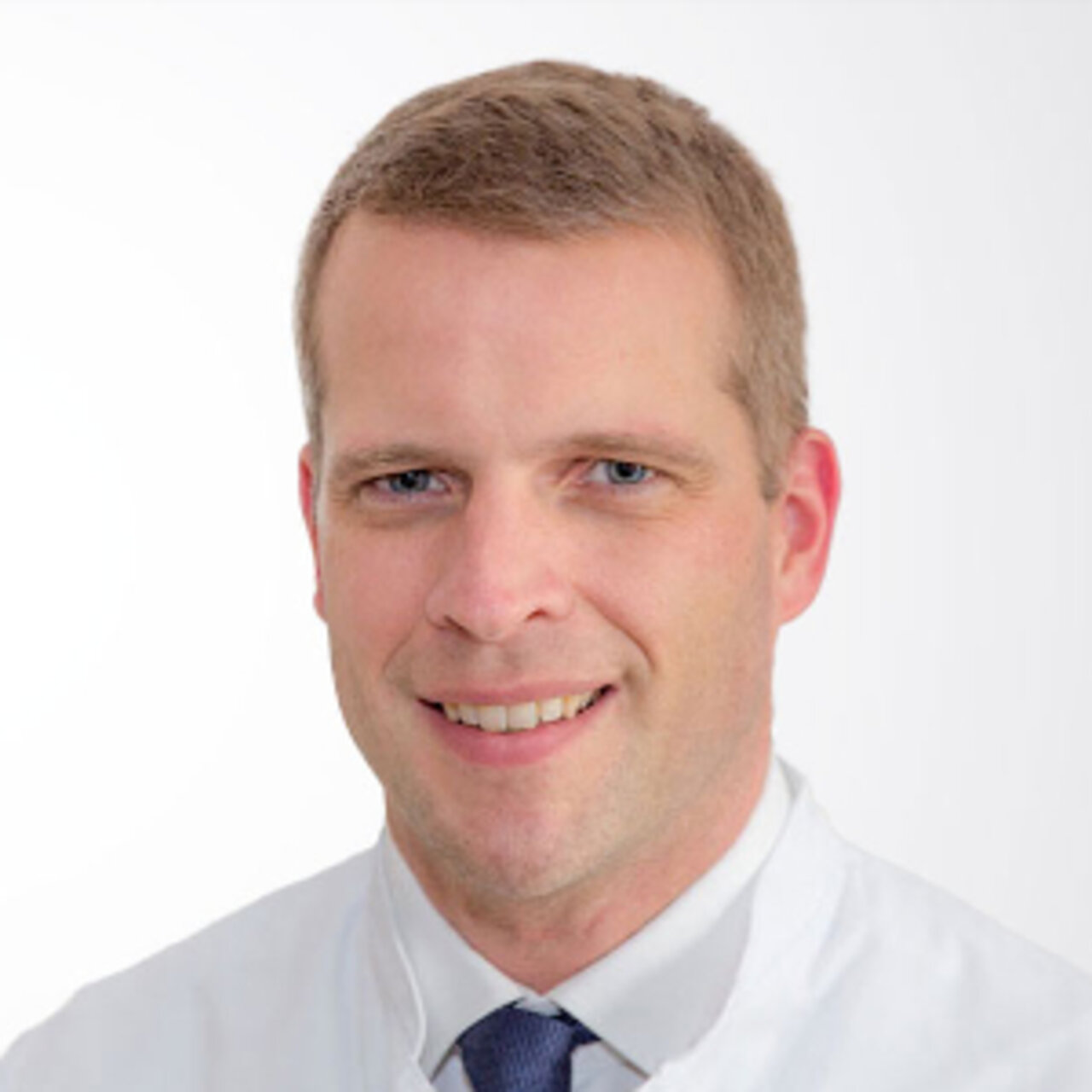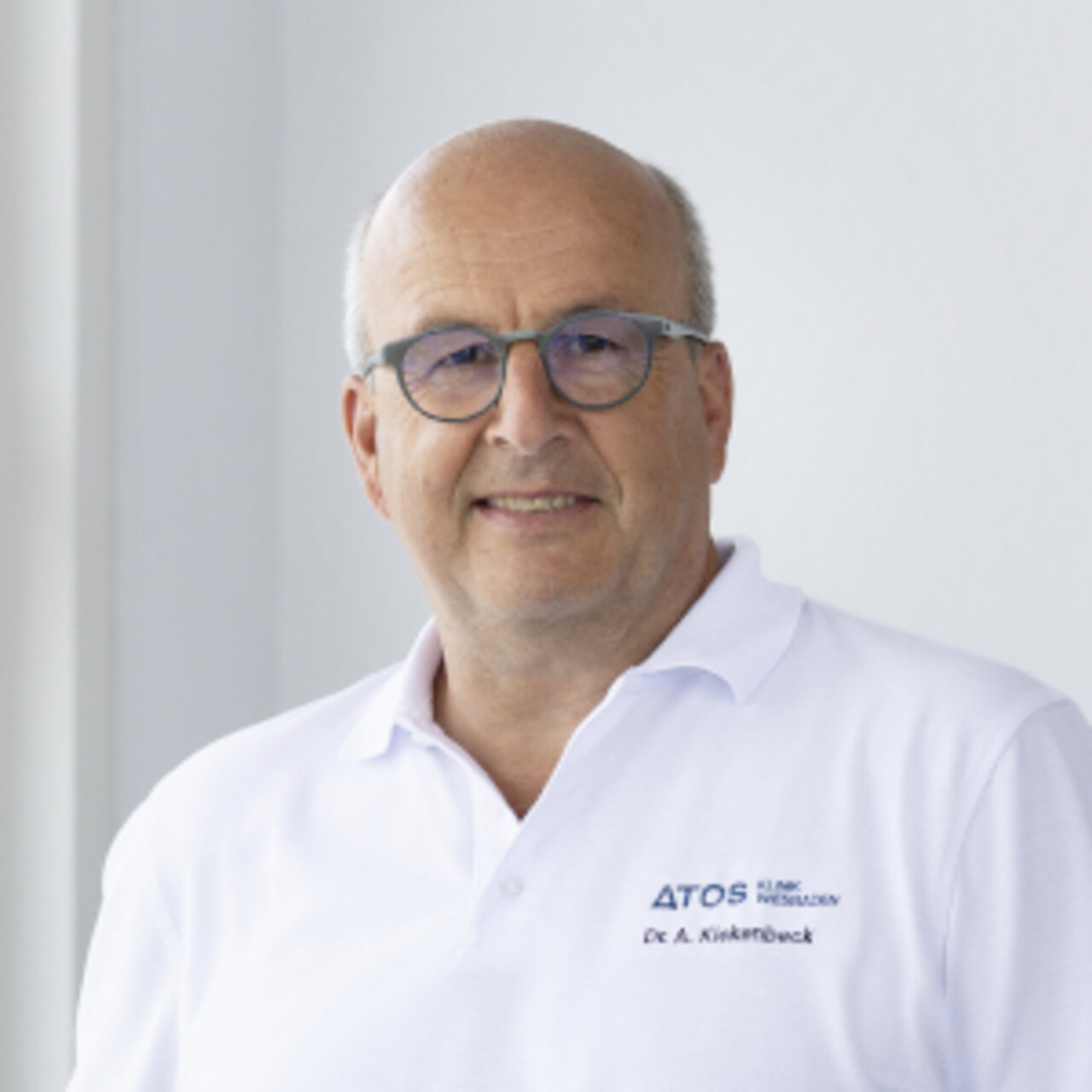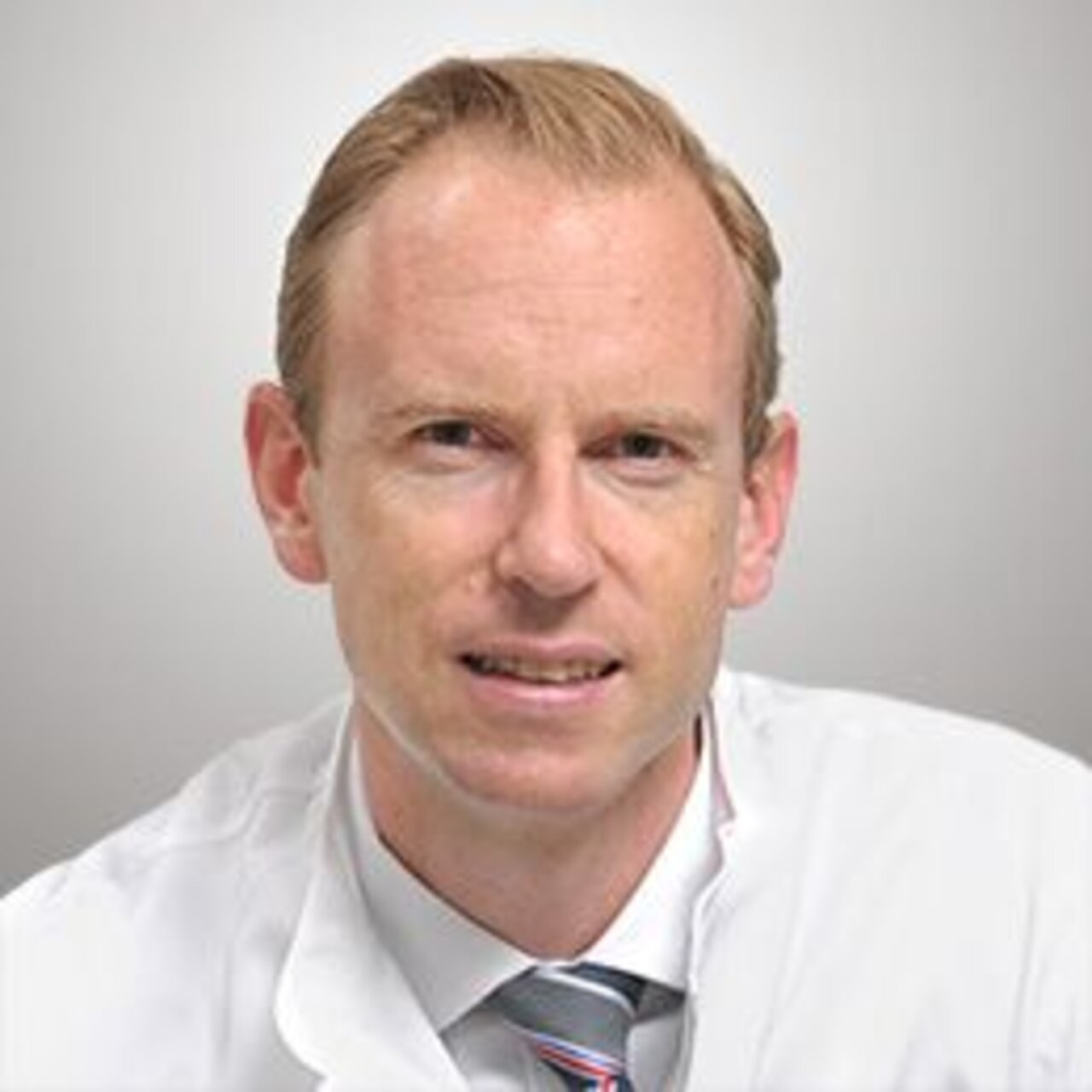Specialists in Shoulder Arthroscopy
6 Specialists found
Information About the Field of Shoulder Arthroscopy
What Is Shoulder Arthroscopy?
Shoulder arthroscopyis a method of examining the shoulder joint and is made up of the two Greek words "arthros" = joint and "scopein" = to look. One "looks" into the shoulder joint.
When Is Shoulder Arthroscopy Useful?
Shoulder arthroscopy can be carried out when the shoulder joint is painful; it enables the doctor to make a directing diagnosis. However, this procedure is equally useful for treating injuries and wear and tear of the joint. Among the most common reasons for recommending a shoulder arthroscopy are joint wear and tear such as arthritis (degenerative), inflammatory changes, injuries, e.g., from an accident (traumatic).
The Procedure of Shoulder Arthroscopy
Shoulder arthroscopy is usually carried out under general anesthesia. However, if the patient wishes, it is possible to use only anesthetic drugs for the shoulder joint nerves, known as plexus anesthesia, which means that the patient is fully conscious during the examination. Nevertheless, the patient is well protected by the sterile surgical cloth, which marks the surgical area, and can listen to music, e.g., using headphones.
During the arthroscopy, the affected area is first carefully disinfected. A probe with a light source and a special camera is inserted into the shoulder joint through two small skin incisions. The images are transmitted to a monitor, enabling the doctor to assess the bone and cartilage of the shoulder and diagnose joint damage on the spot. If surgery is necessary, small scissors, milling cutters, and other instruments are inserted through further skin incisions. After the examination, all instruments are removed, and the wounds are carefully sutured. A sterile dressing is applied to prevent infection.
Follow-Up Treatment and Healing Time
Usually, the shoulder joint can be loaded gradually starting on the first day after the surgery. If the arthroscopy was carried out under general anesthesia, if a lot of tissue was removed, or the therapy was more complicated overall, patients remain in the clinic for several days after the surgery. Doctors also recommend a hospital stay of two to three days for older patients.
Drainage, a sterile plastic tube, is often placed in the wound to drain wound fluid and avoid bruising. The drainage is removed after about three days. Parallel to the step-by-step exercise, regular physiotherapy under supervision is very important to regain the shoulder's full functionality. Patients are also given a drug to inhibit blood clotting to prevent thromboses. After two to three weeks, a follow-up check should be carried out by the patient's general practitioner.
The healing duration depends on the procedure: after simple examinations, the joint is immediately functional again. But, tendon healing can take up to 24 weeks and up to six months in total until full function is restored.
Which Doctors and Clinics Are Specialized in Shoulder Arthroscopy?
Surgical specialists are the best professionals to contact for shoulder arthroscopy; sometimes, there are even specially trained surgeons exclusively devoted to arthroscopy and can provide you with advice and support.
We can help you find an expert on your disease. All of the doctors and clinics listed have been reviewed by us for their outstanding specialization in shoulder arthroscopy and await your inquiry or treatment request.
Sources:
- klinikum.uni-muenchen.de, awmf.org, Wikipedia





